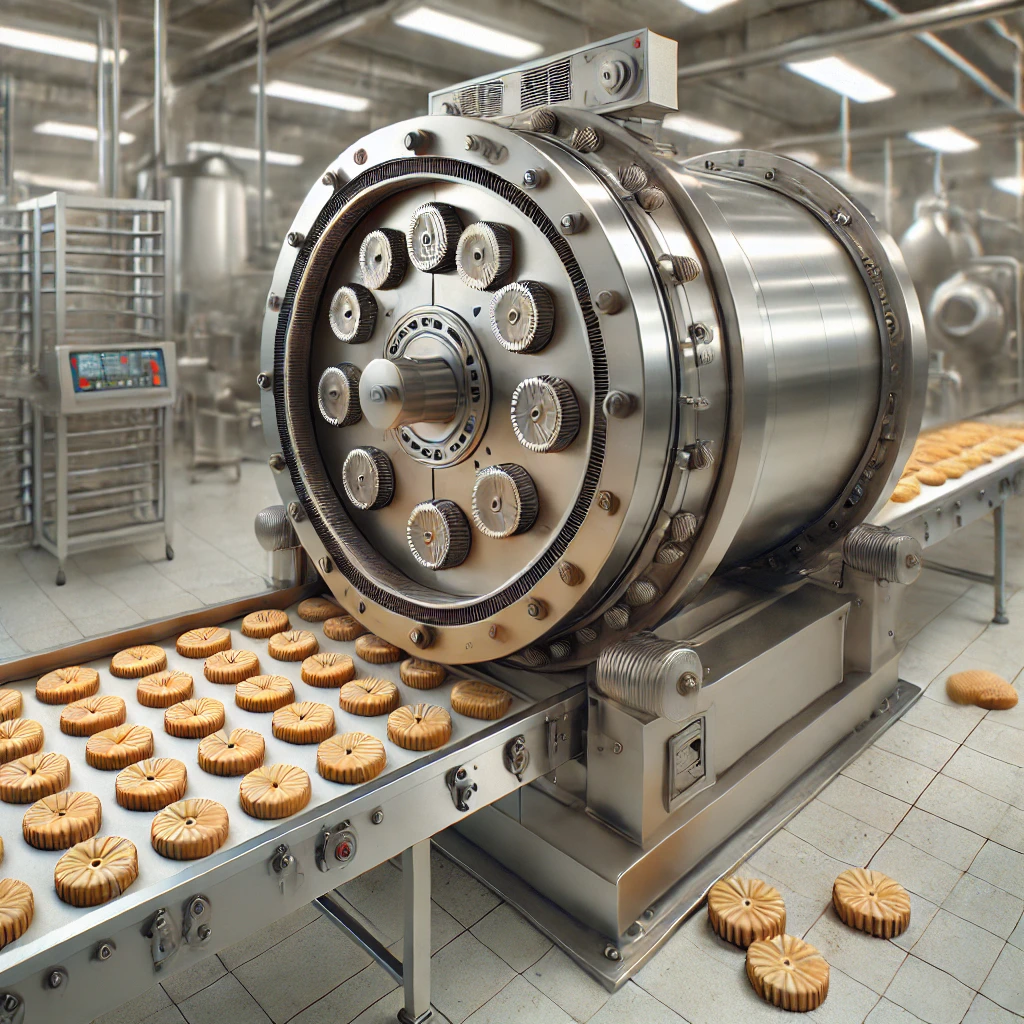The quality of a plant-based beverage is intrinsically linked to the raw materials used and the precise control of their processing parameters. Different ingredients—be they nuts, grains, or legumes—possess unique chemical and physical properties that demand specific handling on the production line to optimize yield, flavor, and stability.
This guide provides a detailed overview of common raw materials and the critical engineering adjustments required for each.
Overview of Raw Material Categories and Their Impact
Plant-based beverages are primarily complex suspensions and emulsions. The key components of the raw materials that influence processing are:
- Fat Content: Dictates creaminess and requires efficient homogenization.
- Starch Content: Requires enzymatic or thermal hydrolysis to prevent gelation.
- Fiber & Cellulose: Needs ultra-fine grinding for a smooth mouthfeel.
- Protein Content: Influences nutritional profile and can affect flavor (e.g., “beany” notes).
- Anti-Nutrients & Enzymes: (e.g., Lipoxygenase in soy) must be deactivated to prevent off-flavors.
Detailed Raw Material Processing Parameters
The following table outlines the specific requirements for each major raw material category, providing actionable data for production line configuration.
| Raw Material | Key Composition | Pre-Treatment & Soaking | Grinding Parameters | Critical Thermal/Enzymatic Step | Key Challenge & Solution |
|---|---|---|---|---|---|
| Oat | High Starch (60-70%), Beta-Glucan, Mild Flavor | Soaking: Optional, with warm water (45-50°C). Time: 1-2 hours. | Fineness: < 50 microns. Water Temp: 50-60°C. Slurry Consistency: 12-18°Bx. | Enzymatic Treatment: – Alpha-Amylase at 60-70°C. – Hold Time: 15-30 minutes. – Goal: Starch liquefaction to prevent gelation and create natural sweetness. | Challenge: High viscosity and gelation during heating. Solution: Precise enzymatic hydrolysis is non-negotiable. A dedicated enzymatic reaction tank is required. |
| Almond | High Fat (~50%), Low Starch, Distinct Nutty Flavor | Soaking: Mandatory. – Time: 8-12 hours in cold water. – Goal: Soften kernels, improve yield, and release flavor. | Fineness: < 30 microns. Water Temp: Ambient to 40°C (to preserve flavor). Slurry Consistency: 10-15°Bx. | Heat Treatment: – Pasteurization: 85-90°C for 30-60 seconds. – Goal: Microbial safety while preserving delicate flavor notes. Avoid overheating to prevent “cooked” flavor. | Challenge: Oil separation due to high fat content. Solution: High-pressure homogenization (200-250 Bar) is critical for a stable emulsion. |
| Soybean | High Protein (~38%), Neutral Flavor, Lipoxygenase Enzyme | Soaking: Mandatory. – Time: 8-10 hours. – Water Ratio: 1:3 (bean:water). | Fineness: < 20 microns. Water Temp: 80-85°C (Hot Grinding). Goal: Instantaneously deactivate lipoxygenase to prevent “beany” off-flavors. | UHT Processing: – Temperature: 139-143°C. – Time: 4-6 seconds. – Goal: Ensure commercial sterility and destroy anti-nutrients (trypsin inhibitors). | Challenge: Persistent “beany” off-flavor. Solution: Hot Grinding is the most critical step. The grinder must be fed with hot water (>80°C) to deactivate enzymes instantly. |
| Pea (Yellow) | High Protein (~25%), Starch, Neutral Flavor | Soaking: Recommended. – Time: 4-6 hours. – Goal: Hydrate and soften pea flour or isolates. | Fineness: < 25 microns. Water Temp: 50-60°C. Note: Often used as isolate/concentrate, reducing grinding need. | UHT Processing: – Temperature: 140-145°C. – Time: 4-8 seconds. – Goal: Achieve sterility and eliminate potential “earthy” or “beany” notes. | Challenge: Balancing protein solubility and flavor masking. Solution: High-shear mixing during hydration and effective deaeration before UHT to remove volatile off-notes. |
| Rice | High Starch (~80%), Low Fat, Naturally Sweet | Soaking: With enzymatic solution. – Time: 4-8 hours. – Goal: Initiate starch breakdown. | Fineness: < 60 microns. Water Temp: 50-55°C. Slurry Consistency: 15-20°Bx. | Enzymatic Treatment: – Amylase & Glucoamylase at 55-60°C. – Hold Time: 1-2 hours. – Goal: Complete saccharification for a sweet, non-gelling liquid. | Challenge: Producing a thin, watery beverage without added hydrocolloids. Solution: Controlled enzymatic hydrolysis to desired sweetness and mouthfeel level. |
| Coconut | High Saturated Fat, Low Protein, Distinct Flavor | Pre-Treatment: Deshelling, peeling, and washing of fresh kernel or rehydrating desiccated coconut. | Fineness: < 50 microns. Water Temp: 70-75°C. Goal: Efficiently extract fat and solids. | Pasteurization: – Temperature: 90-95°C for 2-5 minutes. – Goal: Microbial safety while preserving characteristic coconut aroma. | Challenge: Rapid oil separation and rancidity. Solution: Efficient centrifugation to extract milk followed by immediate homogenization (180-220 Bar) and cooling. |
Key Takeaways for Production Line Configuration
- Flexibility is King: A line designed for multiple ingredients must have variable temperature control on soaking tanks, grinders, and enzymatic reactors.
- The Grinding-Homogenization Duo: The Colloid Mill and High-Pressure Homogenizer are the two most critical pieces of equipment for defining texture and stability, regardless of the raw material. Their settings must be easily adjustable.
- Process Dictates Flavor: For ingredients like soy and oats, flavor is not inherent but is created during processing. Deactivating off-flavors and developing desirable ones requires precise thermal and enzymatic control.
- No Single Solution: As the table demonstrates, applying the same temperature, time, and grinding parameters to all ingredients will lead to suboptimal products, from gritty almond milk to gelled oat milk.
Conclusion: Success in plant-based beverage manufacturing lies in treating each raw material as unique. Understanding these specific requirements allows producers to fine-tune their production lines, maximize yield, and consistently deliver a superior product to the market.




